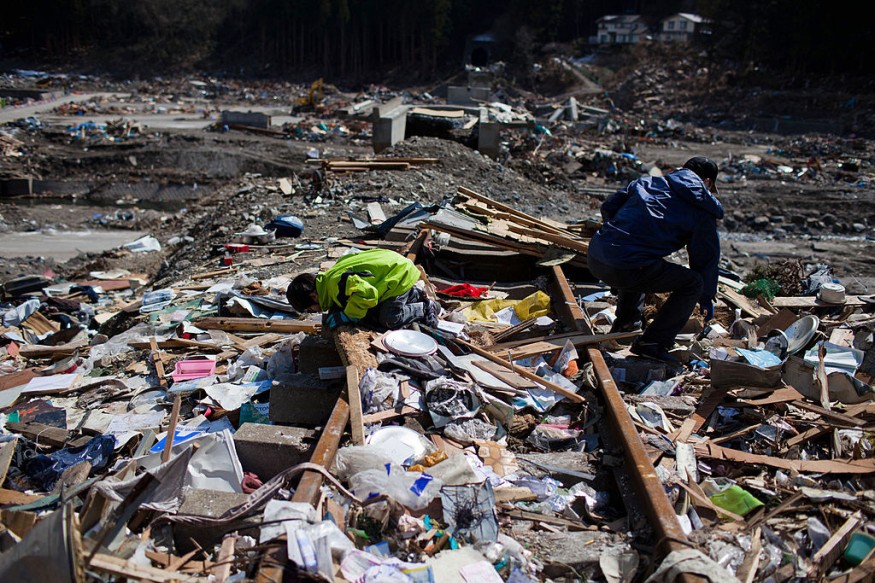Tsunami warnings have been raised in some portions of the Japan's Izu Islands after a magnitude 6.3 earthquake hit the area.

According to the Japan Meteorological Agency, a tsunami warning was issued in the adjacent sea of the Torishima Island due to the powerful earthquake as experts had predicted that 1-meter waves would reach the area.
Tsunami alerts
The agency said that although there may be slight sea-level changes in coastal regions, the powerful earthquake has caused no damage to Japan.
There was also no observation of seismic intensity 1 or above.
Furthermore, tsunami waves that were as high as 30 centimeters were measured at Hachijo Island at 12:17 p.m.
The quake jolted Torishima, which is an uninhabited island around 580 kilometers south of Tokyo, at a depth of 17 km.
Experts already warned that the region could be hit by more earthquakes as seismic activity has continued since earlier this week.
Small tsunami surges of up to 0.2 meters have been forecasted over Honshu, with the warning applying to a large area that is stretching from Chiba Prefecture around Tokyo in the east to Kagoshima Prefecture in the west.
Meanwhile, a tiny tsunami of about 30 centimeters (1 foot) was observed in the Yaene area on the Hachijo island, according to the Japan Meteorological Agency.
Due to the tsunami alerts and warnings that had been issued, the residents were asked to stay away from coasts as well as from river mouths to ensure their safety.
Previous quakes
Japan has been known as one of the most earthquake-prone places on earth.
A massive earthquake in 2011 caused a tsunami that destroyed huge swaths of northern Japan and it also caused a meltdown at the Fukushima nuclear plant.
Almost 20,000 people were killed in the series of disasters and authorities said that the costs from the disasters amounted to around £300bn.
The magnitude 9.0 quake, which was considered as the strongest ever recorded in the country - triggered a tsunami up to 30 metres high that washed up to 5 kilometres inland.
It further resulted in massive loss of life, environmental devastation and infrastructural damage.
Around 14,600 have gone missing due to the quake, making it as the worst disaster to hit Japan since the 1923 earthquake.
Along with the unresolved situation at the Fukushima Daiichi power plant as well as the pressing humanitarian issues linked to the large number of displaced and dispossessed following the quake, the management of the massive amounts of debris generated by the earthquake and tsunami has been identified by the Government of Japan as an immediate challenge.
The total amount of waste has been estimated to be between 80 and 200 million tons - comparable in size to the waste generated by Hurricane Katrina, which cost over USD 3.2 billion to clean up.
Moreover, the shortage of land will escalate the cost of post-disaster waste management in Japan.
Experts also said that the last time an earthquake of similar magnitude was observed near Torishima island was in 2006, and this caused a 16 cm tsunami to reach Miyake-jima.
They noted that it was also the first time for a tsunami alert to be issued for the Izu islands since the 2022 Tonga-Hunga Ha'apai volcano eruption and tsunami.
Related Video:
© 2025 NatureWorldNews.com All rights reserved. Do not reproduce without permission.




